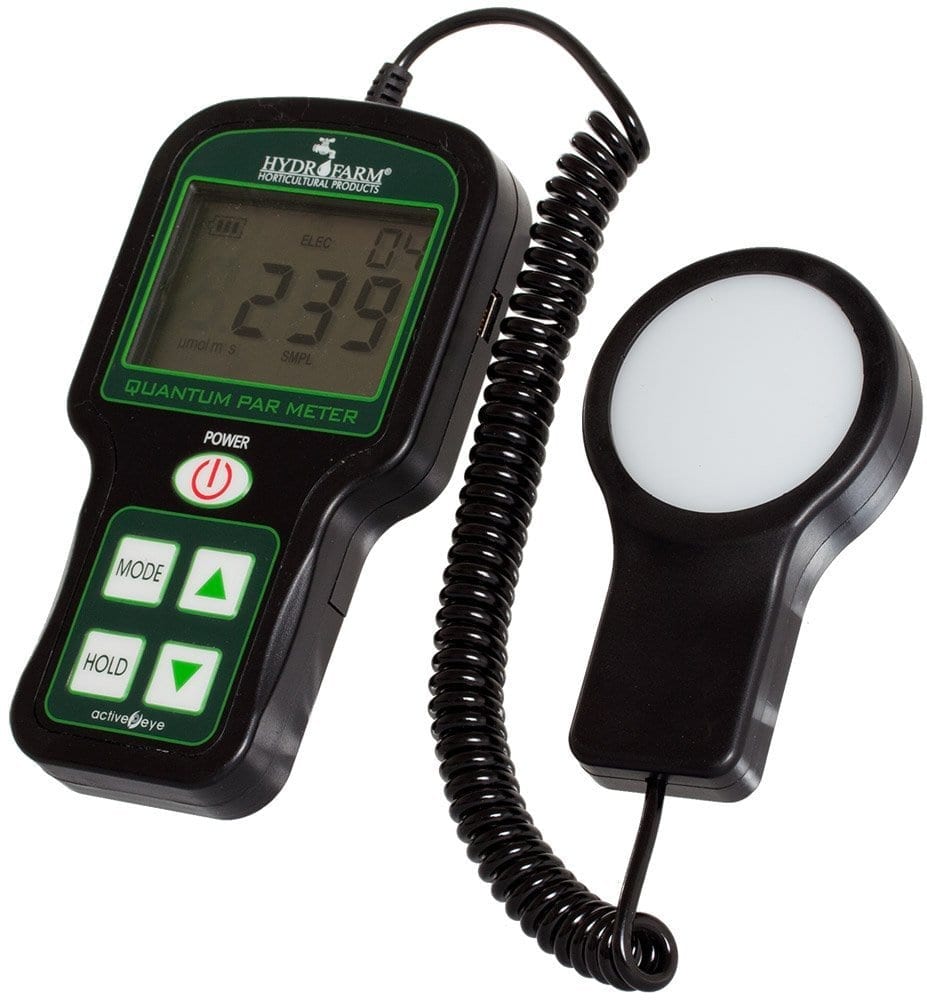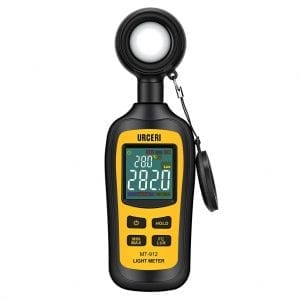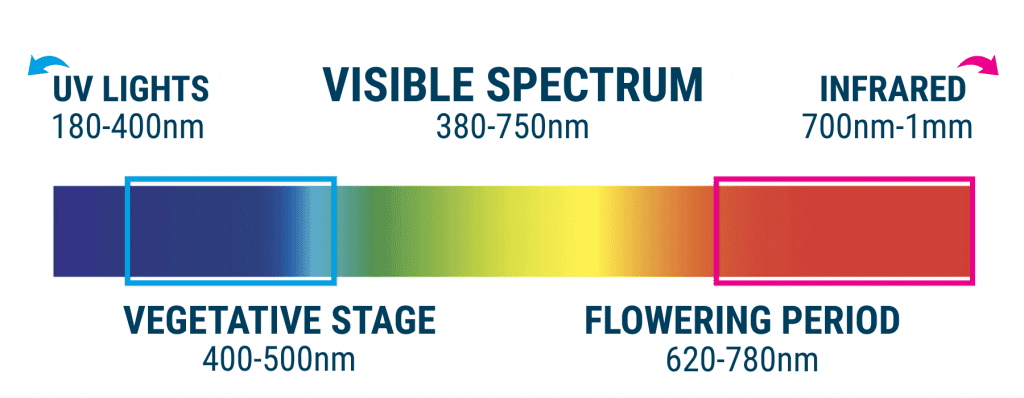Tired of outdoor gardening and want to get in some action on the indoor spectrum? An indoor garden can be the perfect alternative during times in the winter when the sun won’t come out. It can keep your cannabis plants fresh regardless of the weather outside.
However, there’s a catch! Clearly, you can see the most obvious issue with indoor gardening! No sunlight! As any indoor grower will know that artificial UV lights can be the perfect answer to this. However, different plants have different metabolism and they might need different kinds of lights. One huge issue that beginners face is that they can’t seem to understand the popular term ‘PAR’. The big question is: what is PAR?
So, what is PAR and why is it important? Continue reading ahead for the full scoop.
What is PAR?
‘PAR’ is an acronym short for Photosynthetically Active Radiation. Not all lights are suitable for photosynthesis of plants. So, the PAR rating of grow lights represents the amount of light that can help perform photosynthesis. This is usually the light with a wavelength of 400-700 nm. This is termed as the PAR Spectrum.
The PAR tends to differ from location to location and from time to time. It can be affected by the season, the cloud cover as well as the altitude/location.
So, in short, plants will only absorb the light that falls in that specific spectrum and nothing else. You can find out more in this video:
Why is PAR important for plants?
Sunlight is a form of energy that contains lights of various wavelengths and energies. Plants prefer a shorter wavelength of light as it means more energy for them. However, too much energy can be damaging. Hence, they require an optimal wavelength for photosynthesis.
This is what PAR is. It is the perfect amount of energy that the plants require for photosynthesis. Monitoring the PAR from your grow lights is important as it can help promote better growth of the plant. It can help you decide whether the plants are getting the required light.
In addition to this, plants need lights of varying wavelengths at different stages of life. They might need blue light with a shorter wavelength for their sprouting stage while the red lights might be better for the flowering stages.
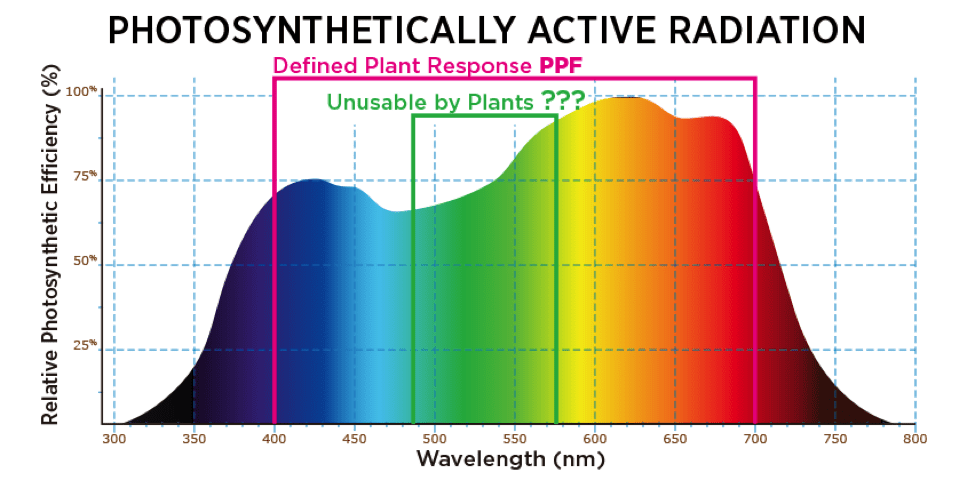
How to Measure PAR?
The PAR is usually measured in millimoles of energy per area. The PAR is usually measured using a detector that detects all light falling within the PAR light spectrum. This device is called a PAR light meter.
However, some sensors use Photosynthetic Photon Flux Density (PPFD) to accurately measure the PAR rating of grow lights. These PPFD sensors are more popular than others. Most PAR meters measure the intensity of light that the grow lights emit that are useful to your plants.
Nevertheless, there still tends to be a bit of confusion between two terms. Let’s clear it out before proceeding:
PPF (Photosynthetic Photon Flux):
Some manufacturers list the PPF and not the PPFD. The PPF is the amount of PAR spectrum light that the source produces in a second. However, it is not that important.
PPFD (Photosynthetic Photon Flux Density):
This is a popular way of measuring the PAR rating. It determines how much PAR light actually falls on the plant. So, you can see why manufacturers prefer listing PPFD.
So, it doesn’t matter as much how much light the grow lights produce, but rather how much of it falls on the plant.
Learn more with this video:
What do PPF and PPFD Mean?
So, when using a PPFD sensor, how do you know what it means? Or if your grow lights come with a specific PAR rating, what does it mean? Here are the benchmarks for your weed plants:
200 – 400 PPFD:
This mainly makes blue or white light. It is perfect for seedlings or mother plants. This is perfect for those plants that do not need too intense energy. The growth rate is about 30-50%
400 – 800 PPFD:
This light is quite intense and is perfect for vegging cycles, flowering or budding stages. The growth rate is quite high for this light, about 85%.
900 and above PPFD:
At over 900 PPFD, the plants can still perform photosynthesis, but they have too much light. You can provide more CO2 to further fuel the process.
The perfect PAR range of light is the 400 – 800 PPFD and even 900 PPFD. This allows for the best growth and will not damage your plants.
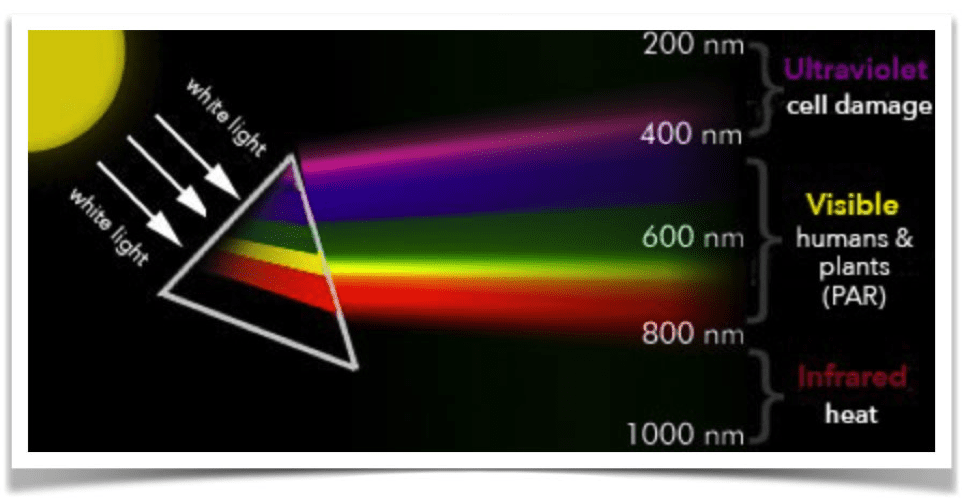
How does the light reach your plants?
The PAR ratings or PPFD for a certain light will be much better if it is placed in a position that allows uniform coverage of the grow tent. So although the PPF might be constant, the PPFD can actually vary from location to location. So, you should look into the Coverage and spread of the light as well.
Summary
All in all, we recommend that you check out the PAR ratings or the PPFD of the grow lights that you buy. This will help you find the best lights for your plants to grow. It is important to understand the difference since using the perfect PAR values will result in better growth and better metabolism!
Table of contents



